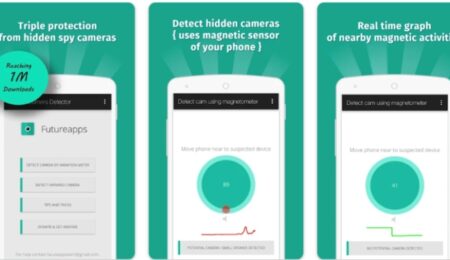Translate All Languages
Translate All Languages: Your Gateway to a Connected World
In today’s fast-paced digital age, communication has no boundaries. Whether you are a traveler exploring new cultures, a business owner connecting with international clients, or simply someone who enjoys making friends across the globe, language should never be a barrier. Thanks to modern translation technology, it is now easier than ever to translate all languages and communicate effectively with anyone, anywhere.
Why Language Translation Matters
Language is more than just words; it is the bridge between cultures, ideas, and people. Without understanding one another, we miss opportunities for friendship, business, and learning. Imagine visiting a foreign country without speaking the local language — simple tasks like ordering food or asking for directions could become stressful. This is where translation tools step in to make life easier.
Benefits of Translating All Languages
- Global Communication – Break down language barriers and connect with people worldwide.
- Business Growth – Expand your market by speaking your customers’ native language.
- Learning Opportunities – Access books, articles, and resources from different cultures.
- Travel Made Easy – Navigate foreign cities without confusion.
- Cultural Understanding – Learn the meaning behind words and expressions.
How to Translate All Languages Easily
The easiest way to translate all languages is to use online tools like Google Translate, which supports over 100 languages and offers instant translation for text, speech, images, and even live conversations. Simply type or paste your text, choose your desired language, and get an accurate translation in seconds. For businesses, professional translation services ensure high-quality results that are culturally correct and contextually accurate.
Tips for Accurate Translations
- Use simple sentences – Avoid overly complex words for better accuracy.
- Check context – Words may have different meanings in different situations.
- Learn basic phrases – Even with tools, knowing a few common expressions helps.
- Review and edit – If it’s important, have a human proofread your translation.
The Future of Language Translation
With the rise of artificial intelligence, translation tools are becoming smarter every day. Real-time voice translation, image scanning, and AI-powered chatbots are making it possible to talk to anyone instantly, regardless of the language they speak. In the near future, wearable devices might translate conversations in real time without the need for an app.
Translating all languages is not just about converting words; it’s about building connections, creating opportunities, and making the world feel smaller and more united. Whether you use free tools like Google Translate or professional services, the goal is the same: to understand and be understood.
About Google Translate
Google Translate is one of the most widely used translation tools in the world. It provides quick translations for text, speech, images, and websites — helping millions of people understand one another every day. While it’s powerful and convenient, it’s useful to know how it works, when to trust it, and how to improve the accuracy of its output.
Key Features
- Text translation: Paste or type text and receive an instant translation in dozens of languages.
- Conversation mode: Real-time spoken translation for two-way conversations.
- Camera / image translation: Point your camera at signs, menus, or documents to translate printed text.
- Document translation: Upload full documents (PDF, DOCX) to translate entire files while keeping basic layout.
- Website translation: Translate whole web pages via browser tools or the Translate widget.
- Offline mode: Download language packs to translate without internet access.
When Google Translate Works Best
- Short, clear sentences — simple punctuation and straightforward grammar give better results.
- Common languages and high-resource language pairs (e.g., English ↔ Spanish, English ↔ French).
- Quick everyday needs — travel phrases, menus, short messages, and understanding general meaning.
Limitations & What to Watch For
- Context and nuance: Idioms, cultural expressions, and tone can be mistranslated.
- Specialised content: Legal, medical, or technical documents often need human translators to ensure accuracy and safety.
- Formatting loss: Complex layouts, tables, and design in documents may not be perfectly preserved.
- Privacy considerations: Avoid pasting highly sensitive personal or confidential text without checking how data is handled.
Practical Tips to Improve Results
- Write short sentences and avoid slang when possible.
- Break long paragraphs into smaller sentences before translating.
- After automatic translation, run a quick manual edit to smooth phrasing and fix names or technical terms.
- For important content (legal, medical, marketing), use a professional human translator for review or finalization.
- Use the “Suggest an edit” or feedback tools in the app when you spot repeated errors — this helps models improve.
Use Cases
Google Translate is ideal for travelers reading signs and menus, students accessing foreign articles, businesses doing quick customer support in different languages, and anyone who wants a fast, general-purpose translation to understand the gist of a message.
Google Translate is an excellent first step for bridging language gaps. It’s fast and improving constantly, but the best results come from combining machine translation with human review when accuracy, nuance, or legal correctness matters.


Leave a Comment